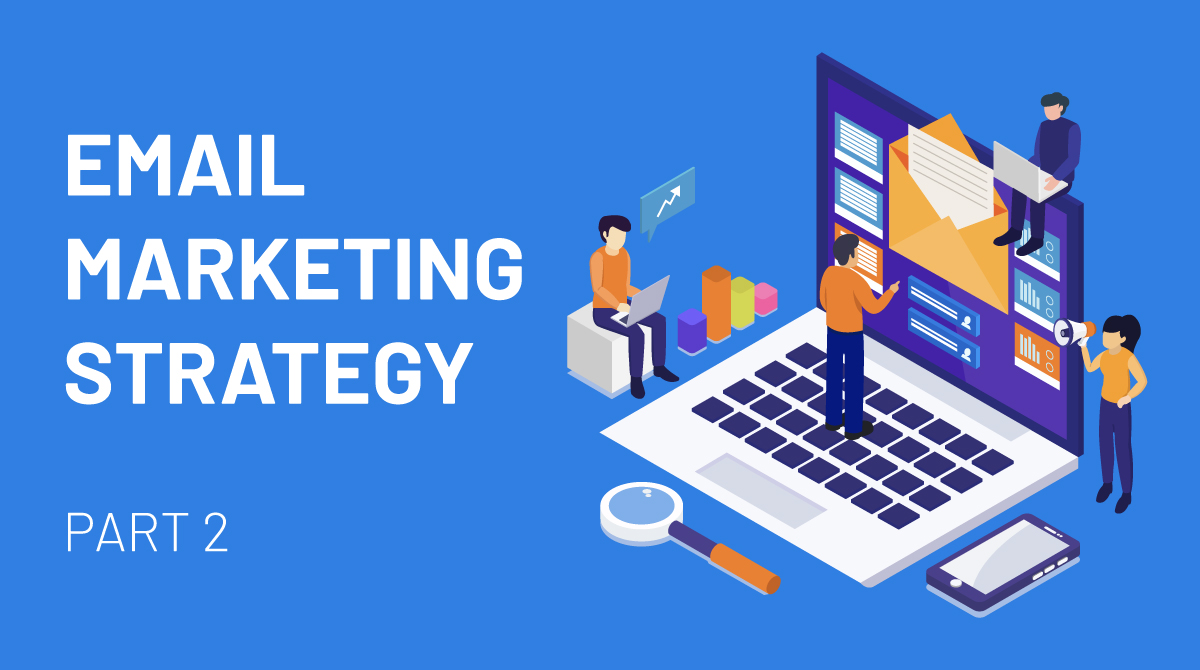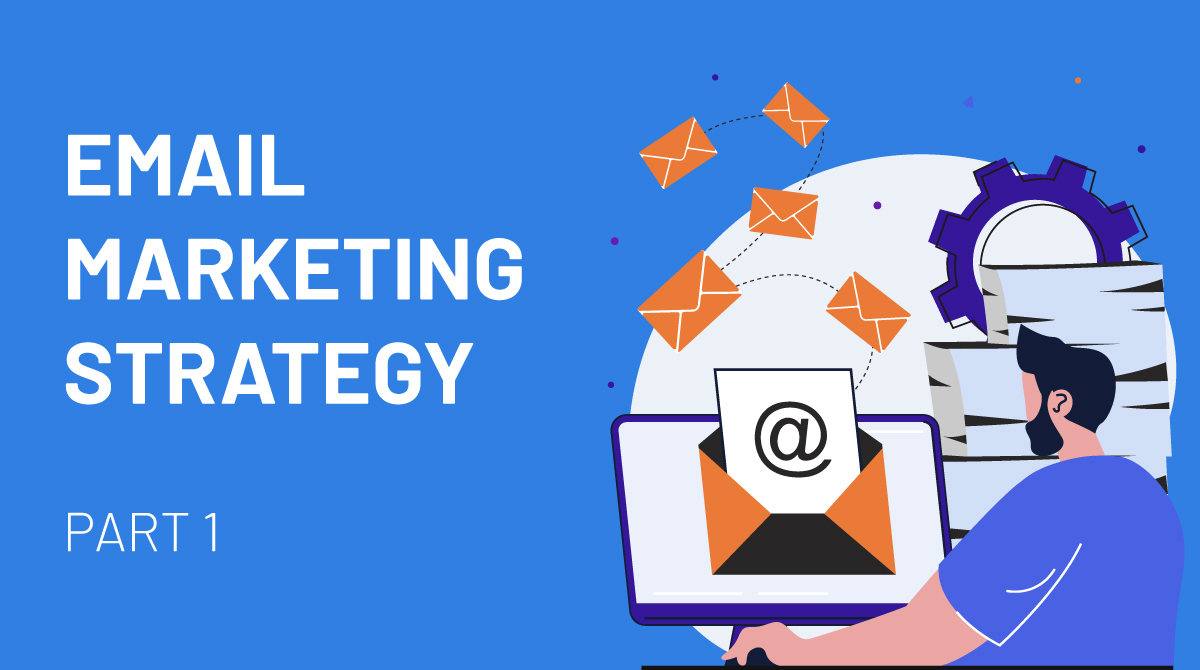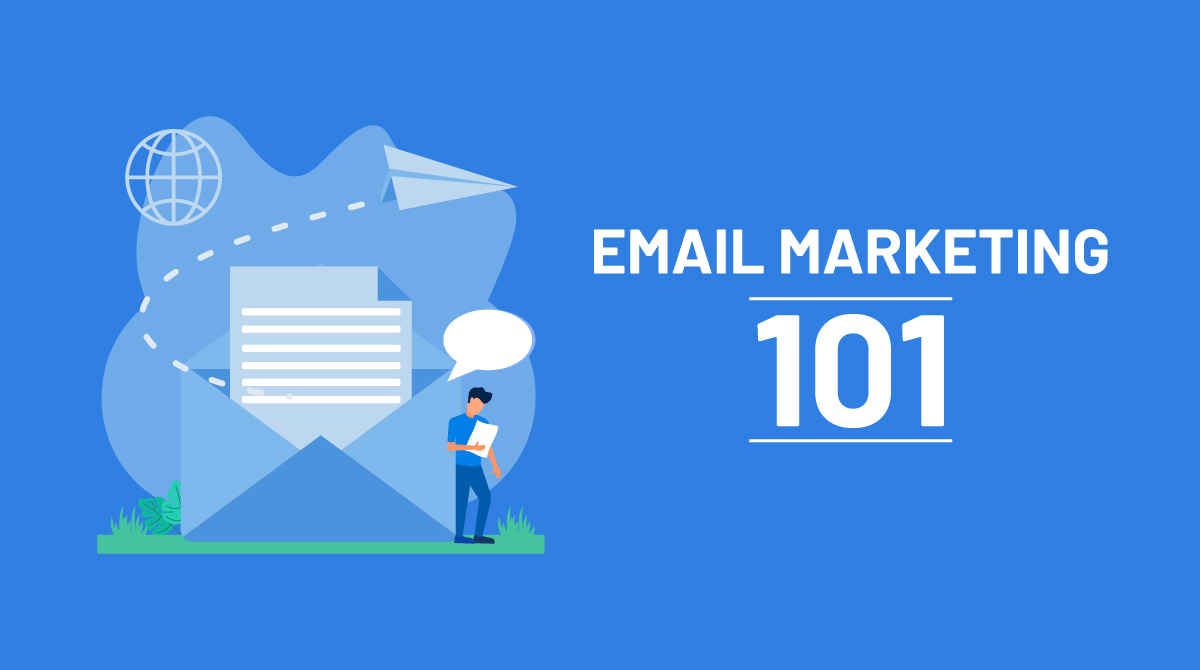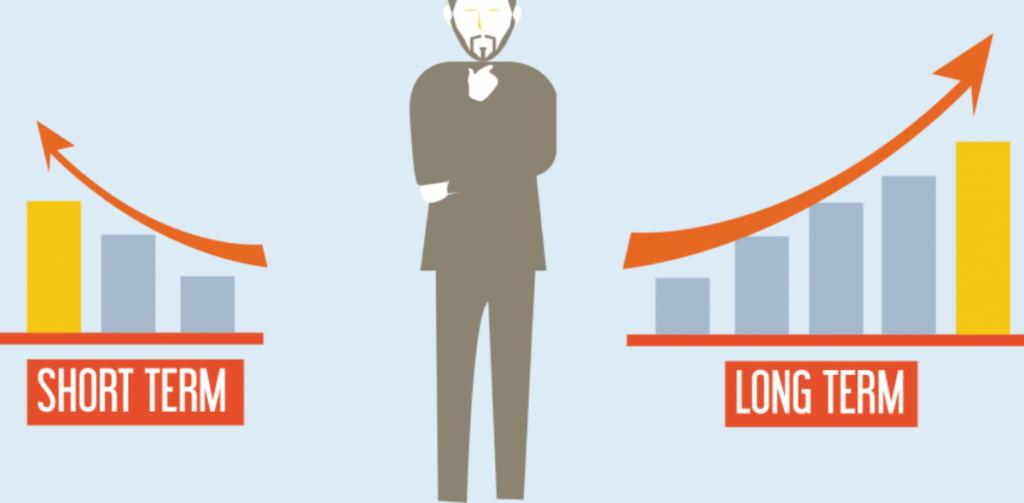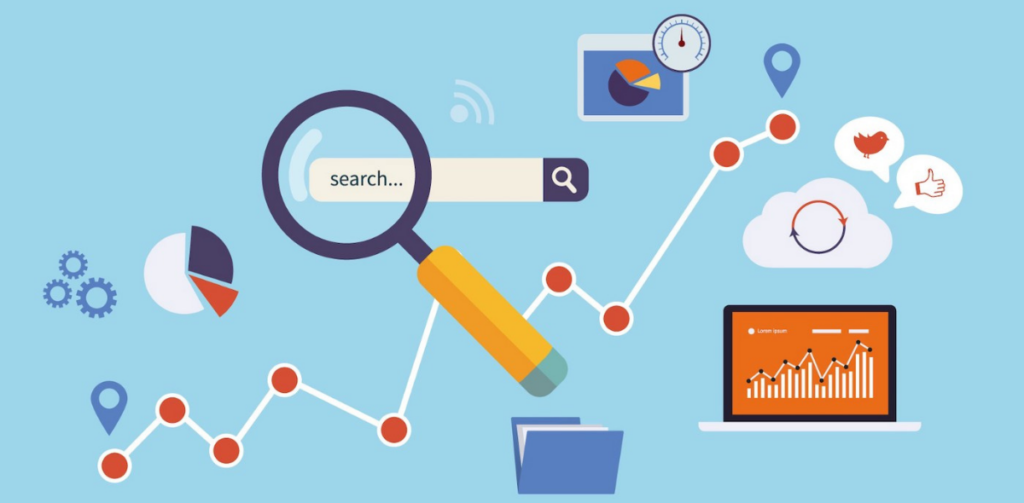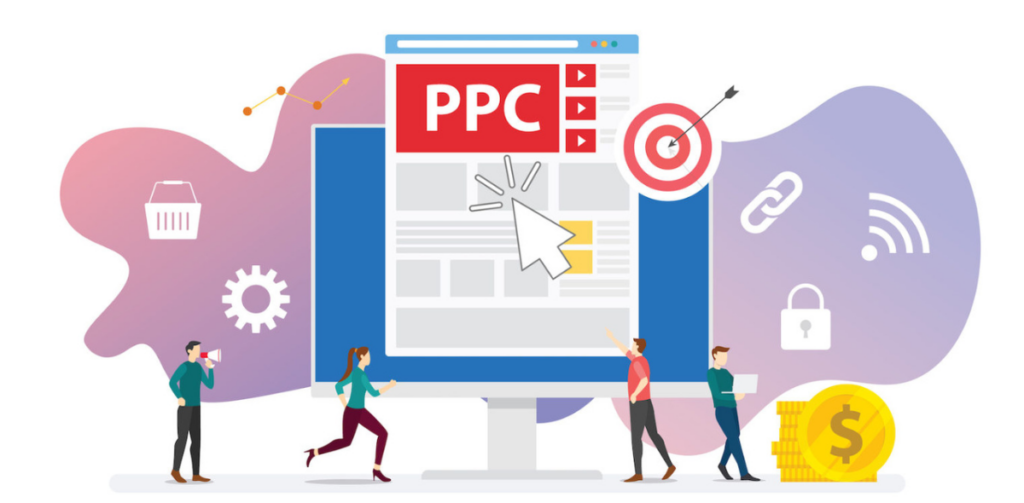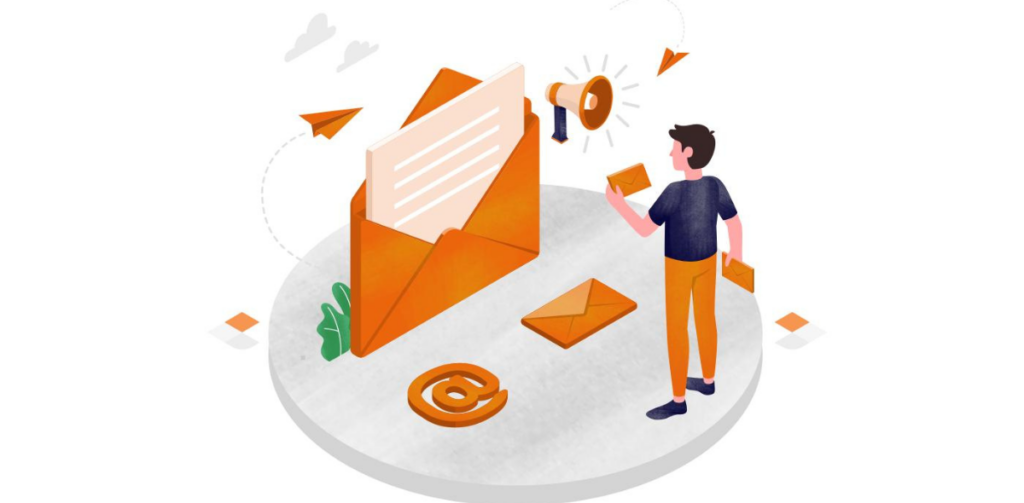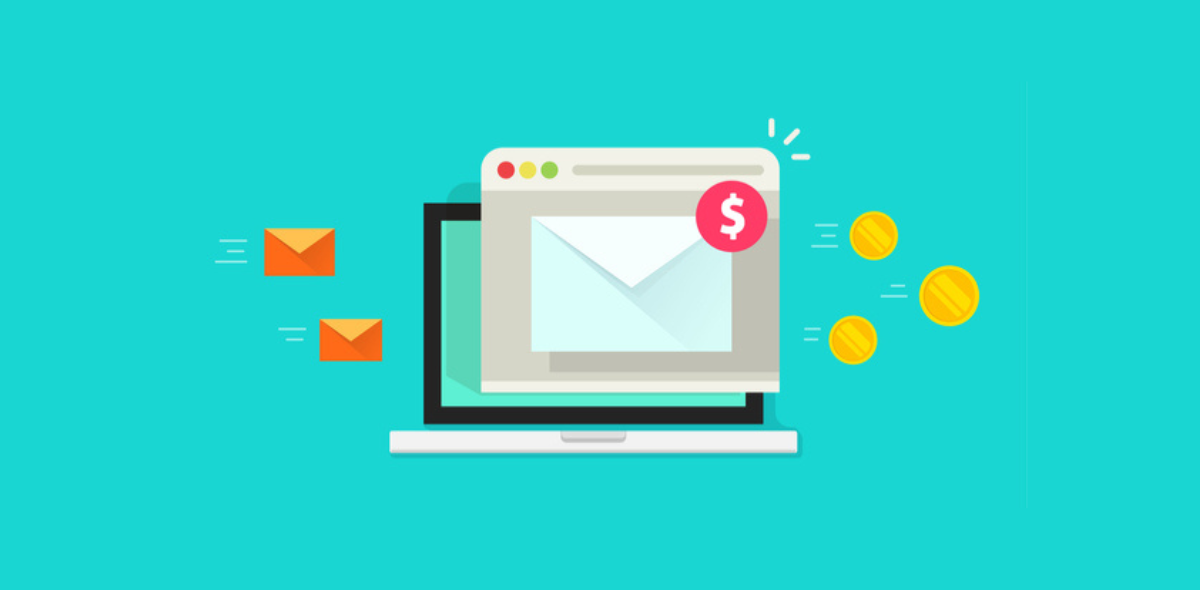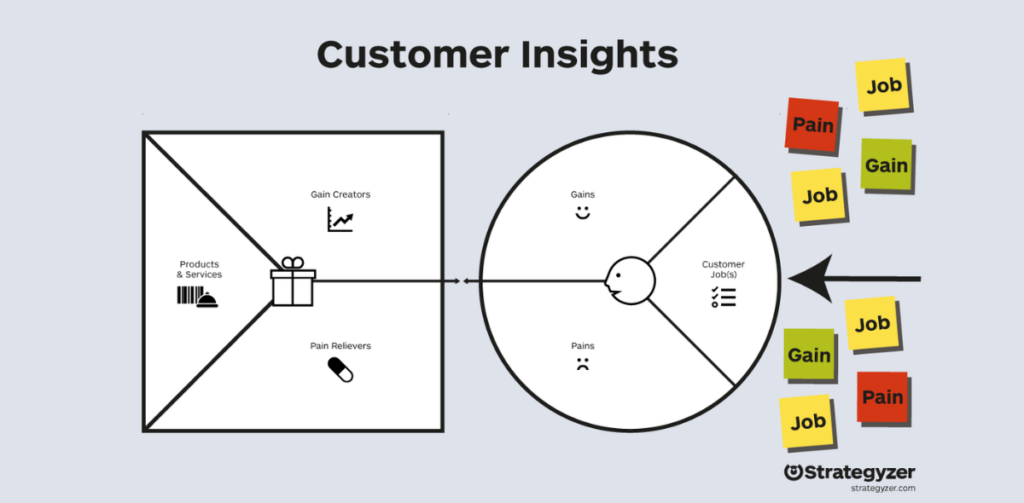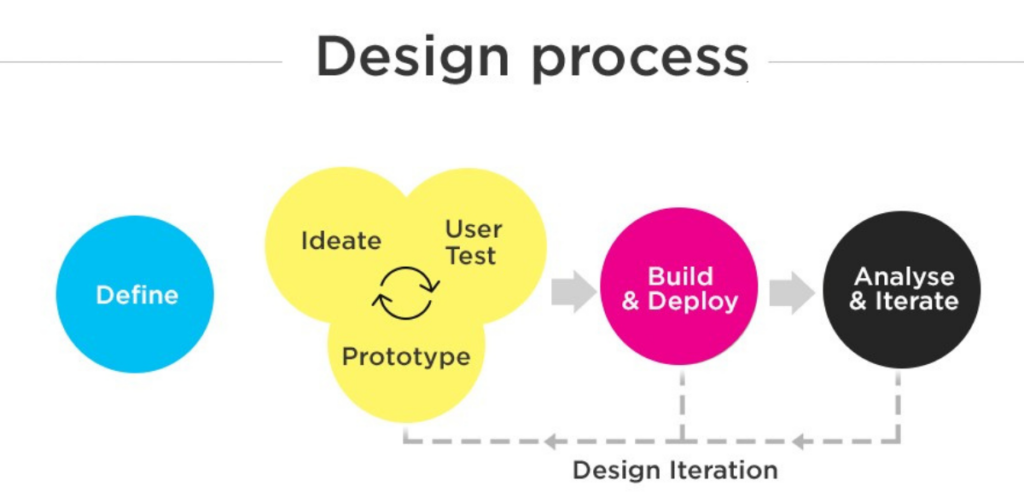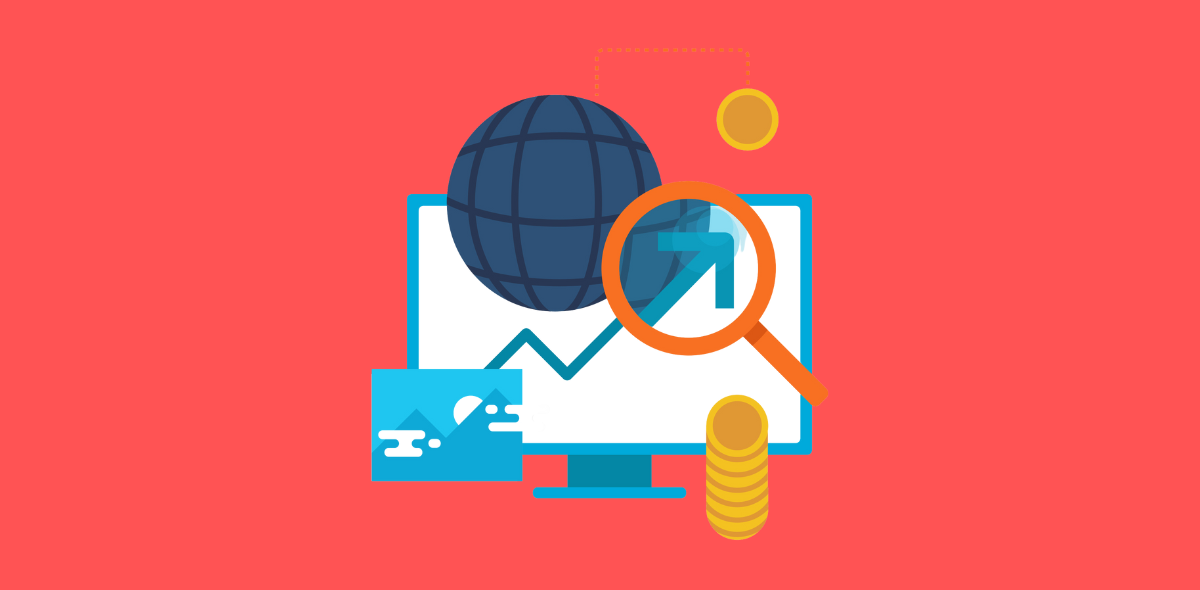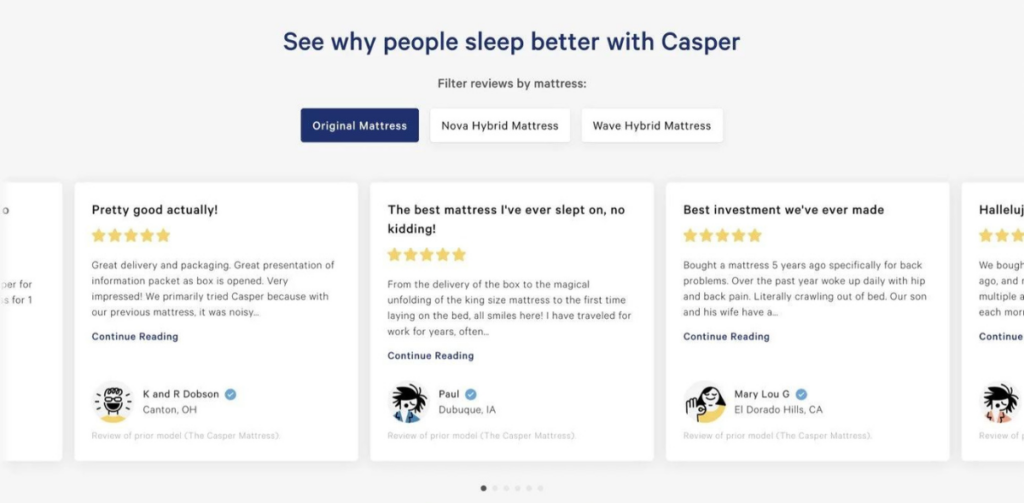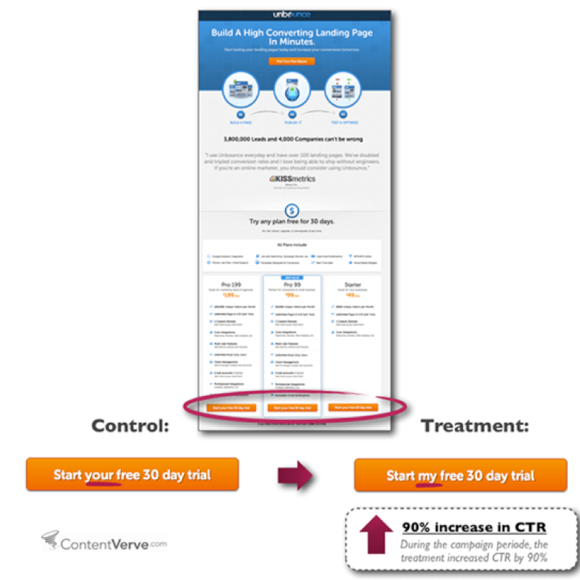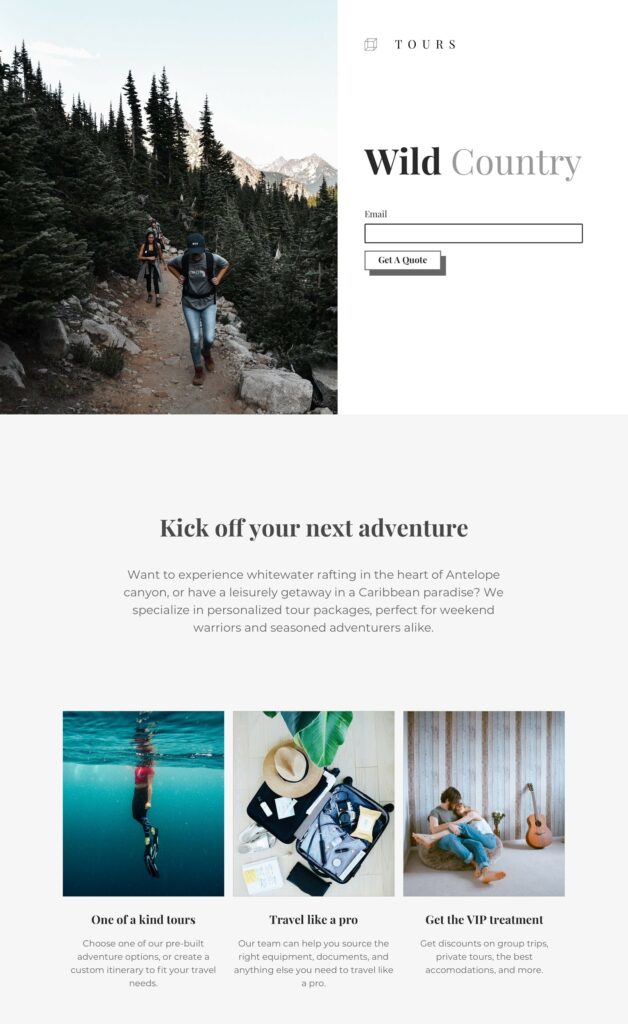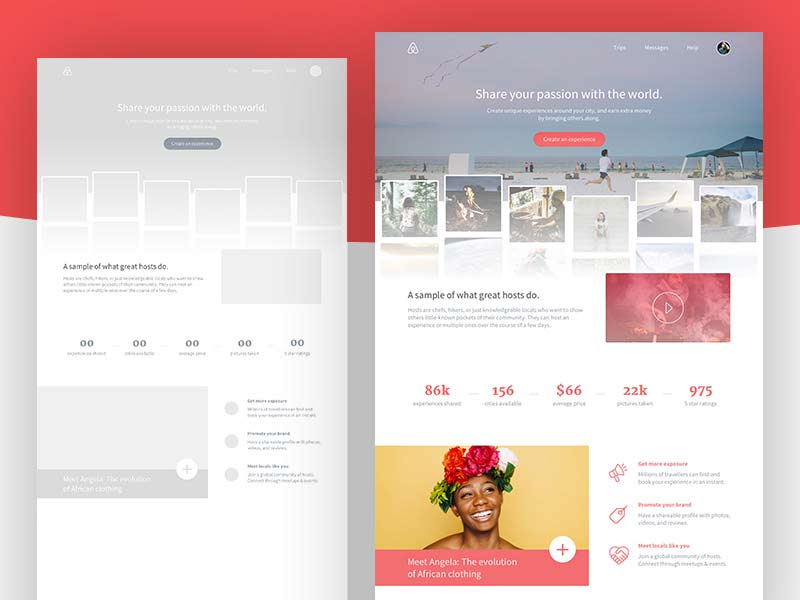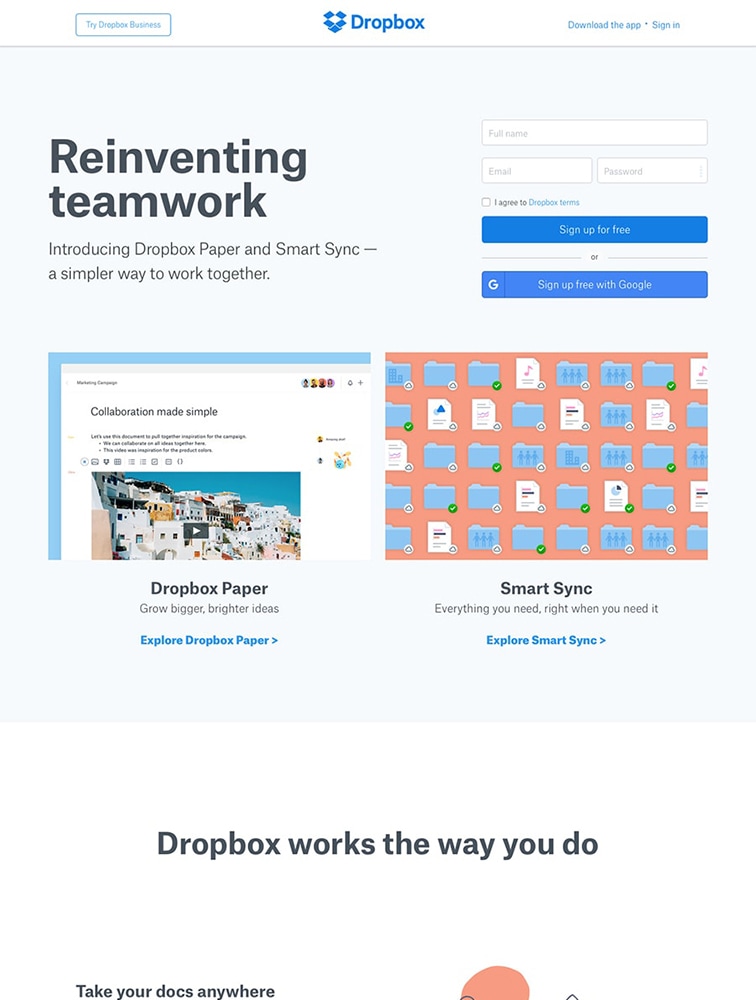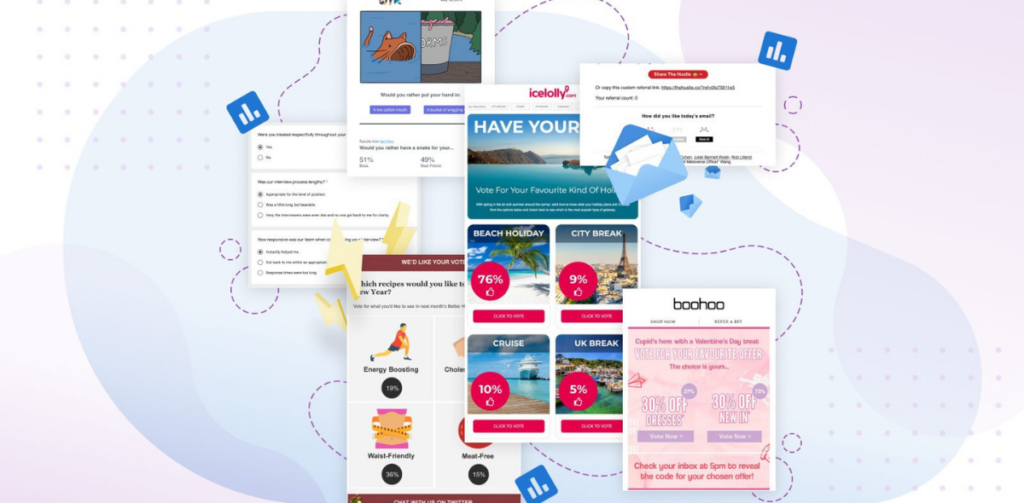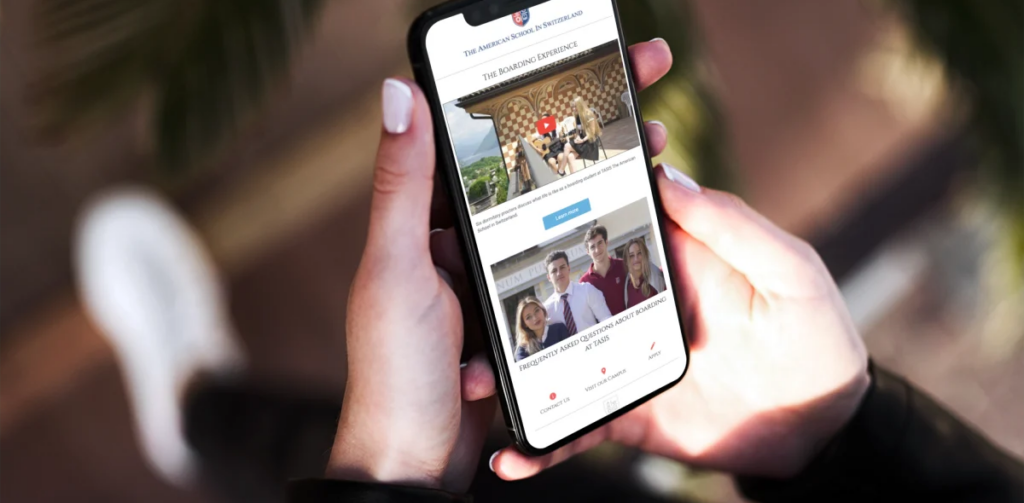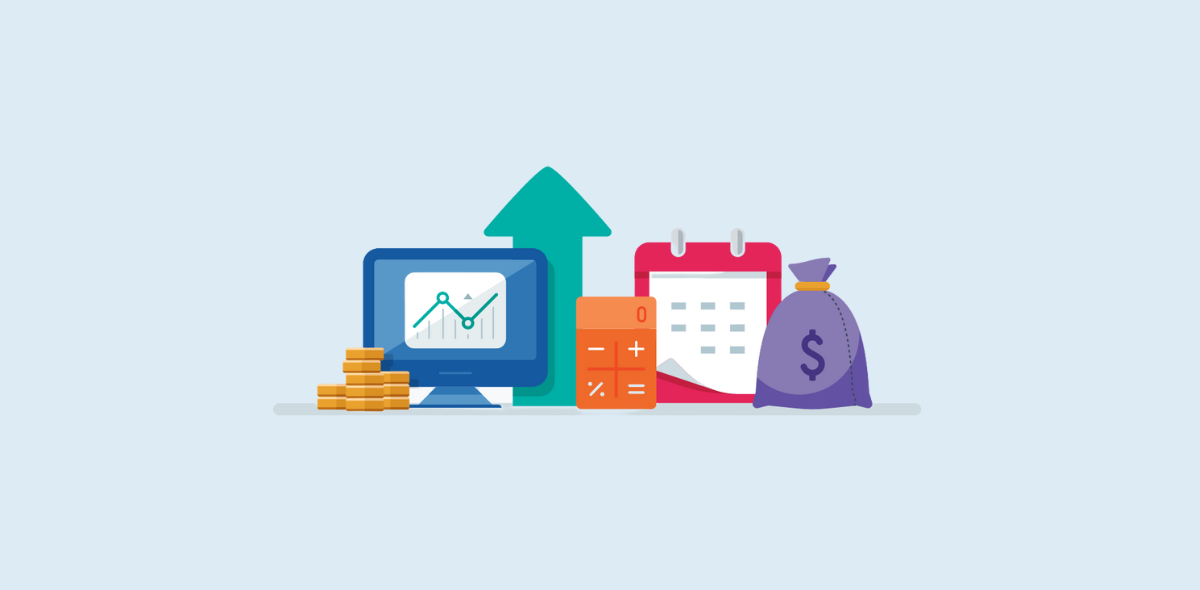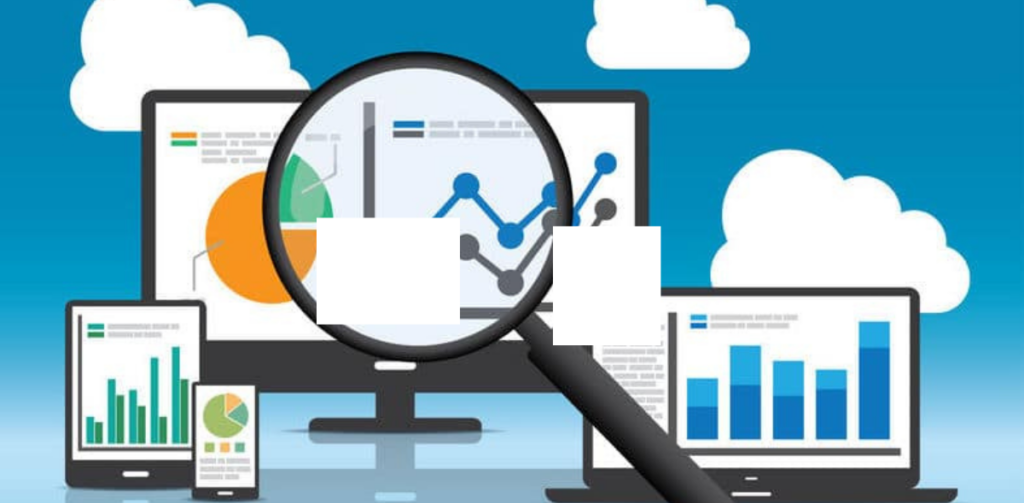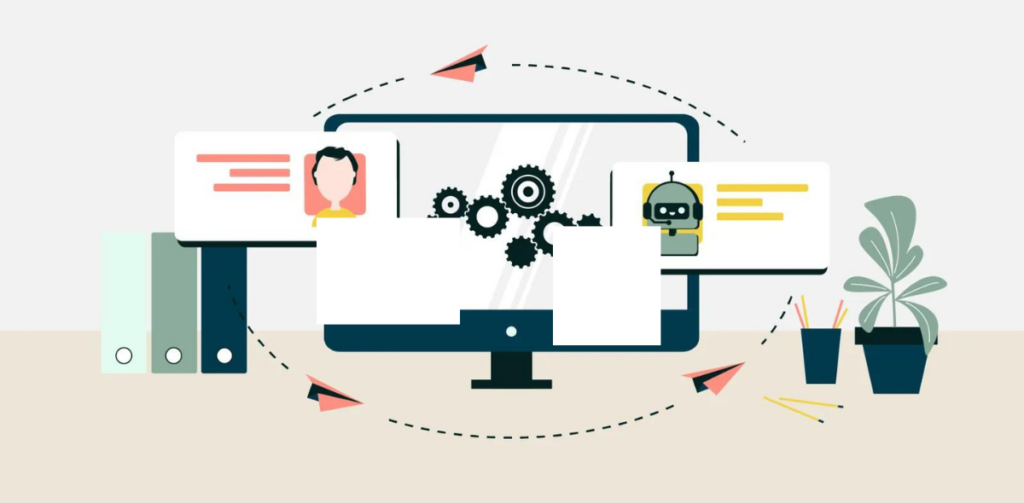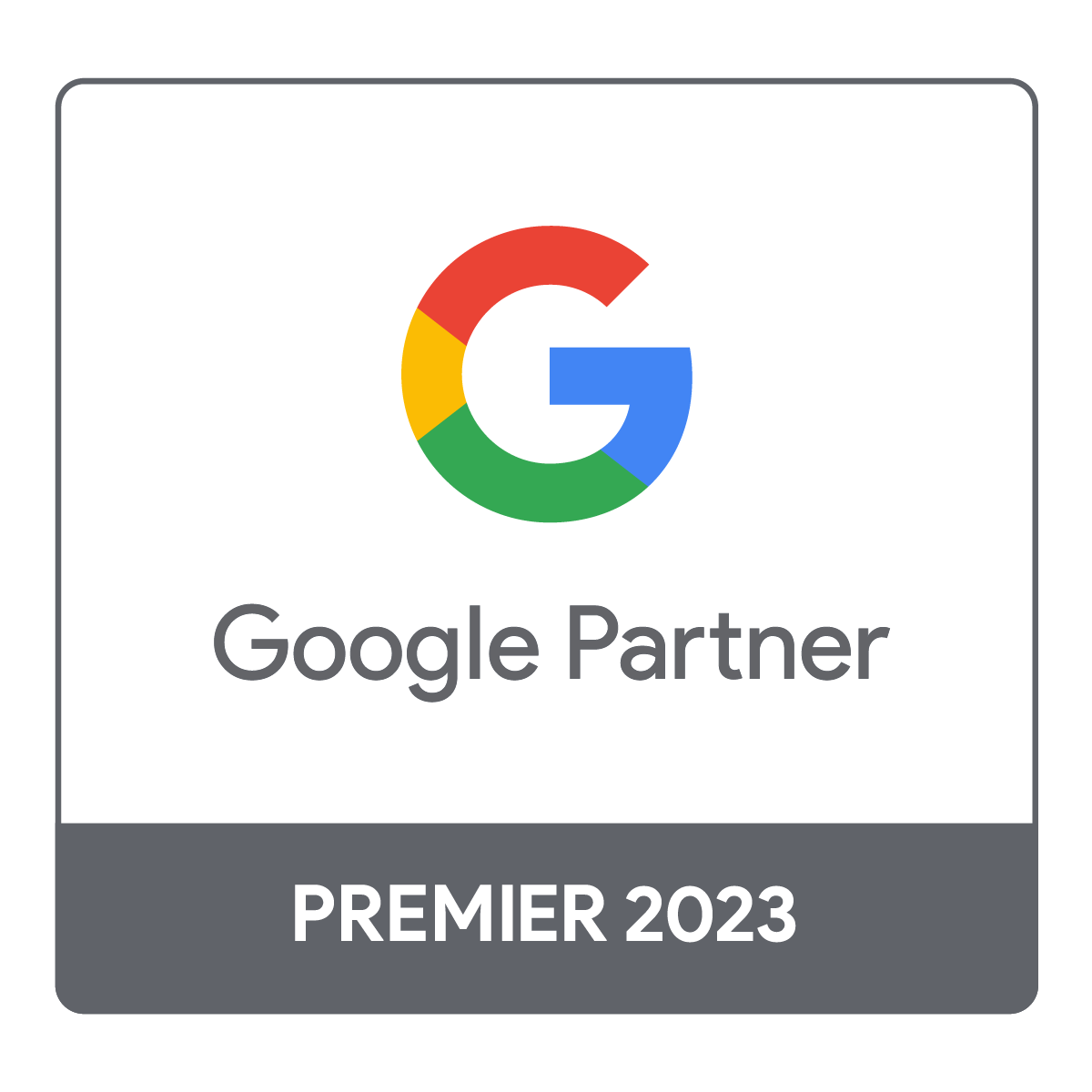Table of Content
- The Value of Email Marketing in Today’s Digital Landscape
- Choosing the Right Platform and Understanding Costs
- The Power of Personalisation and Effective Templates
- Automation for Efficiency and Impact
- Data Collection and Performance Analysis
The Value of Email Marketing in Today’s Digital Landscape
In an era dominated by social media and instant messaging, you might wonder: is email marketing still effective? The short answer is yes. Email continues to offer an impressive return on investment (ROI), with some studies suggesting an average of $42 for every $1 spent. But what makes it so valuable?
Direct communication with your audience is something that every company wants to proceed with their campaign to get close to their customers. Social media is another option, but it is different in nature compared to email marketing.
There are unique aspects to social media marketing. However, when it comes to budget, email marketing shows the most efficiency with lower ROI. Also, with the ads and organic posts, there isn’t any guarantee that the reach will be maximised. With email marketing, if you have set your subscriber lists segmented and well maintained, reaching your customers will not be a problem.

A few new concepts have to be embraced in today’s email marketing. Research has shown that 77% of Americans have smartphones, and around 70% of consumers use smartphones to purchase products. The number of mobile users is increasing as it is now a norm to access personal and business information on smart devices.

The methods of interaction between consumers are ever-changing. With the development of technologies like augmented reality(AR) and virtual reality(VR), marketing has embraced the incorporation of these new innovations. In the case of the wants and needs of consumers, around 90% of consumers favour interactive content. However, these interactive contents are not regularly practiced.
Consider the application of interactive content to set yourself on the advancement of future email marketing strategies. Embed video content, buttons that lead to extra and relevant content, infographics, and gifs to show more interactive content.
Choosing the Right Platform and Understanding Costs
Having access to fitting email marketing platforms will prepare you with tools like email templates, email builders, and personalisation. Furthermore, advanced features like list management for segmentation and automation can assist you in building powerful email campaigns that can get engagement from your subscribers to up your relationship management game. To select the best of the best, checking on the infrastructure of each platform is key, which ensures that your email campaign can fit to utilise the platform to the fullest.
Some of the key features to consider when selecting a platform:
SMTP Server: Most of the top services that provide email marketing platform services have their own SMTP servers. They help deliver emails without the issue of landing in the spam folder. When most email campaigns are bulk emails sent to large numbers of segmented people, it will cause problems on the receiving end if the platform does not offer this basic need.
Integration: Check the platform to see if it allows integration with other third-party tools, which can help you tremendously to increase the functionality of your email marketing campaigns. When your email marketing CTA leads to website sign-up, having the WordPress integration can make things much easier.
Sign-up Forms: Creating lead generation through email campaigns can be much easier if there are tools provided by email marketing platforms, like sign-up templates and website integration.
List & Segmentation: Email marketing platforms should include the comprehensive functionality of list creation and management, as well as the segmentation of the subscribers. This is crucial to having a higher success rate in your email marketing campaigns.
Automation: When you have lists that go beyond the numbers you can control manually, automation must be applied. Without automation, launching different email campaigns can be a nightmare. Trigger-based email campaigns and drip campaigns need to have automation features to function properly.
Free Plan
| Feature | Mailchimp | Klaviyo |
| Monthly Cost | Free | Free |
| Contacts Limit | Up to 500 | Up to 250 |
| Emails/Month | 1,000 | 500 |
| Support | Basic Email Support | Basic Support |
| A/B Testing | No | No |
| Automation | Basic | Basic |
| Custom Branding | No | No |
| Retargeting Ads | No | No |
| Segmentation | Basic | Basic |
| CRM Integration | Basic | Basic |
Basic Paid Plan
| Feature | Mailchimp | Klaviyo |
| Monthly Cost | Starts at $16 (USD) | Starts at $20 (USD) |
| Contacts Limit | 500 | 500 |
| Emails/Month | Varies by plan | Varies by plan |
| Support | 24/7 Email & Chat Support | Email Support |
| A/B Testing | Yes | Yes |
| Automation | Advanced | Advanced |
| Custom Branding | Yes | Yes |
| Retargeting Ads | Yes | No |
| Segmentation | Advanced | Advanced |
| CRM Integration | Basic | Basic |
The Power of Personalisation and Effective Templates
Studies have shown that personalisation in email marketing can help increase transaction rates. When personalisation is discussed, it does not mean that you will have to create individual emails to push; it is the method to create personalised touches in stages of the email campaign based on the target audience you have segmented and targeted.
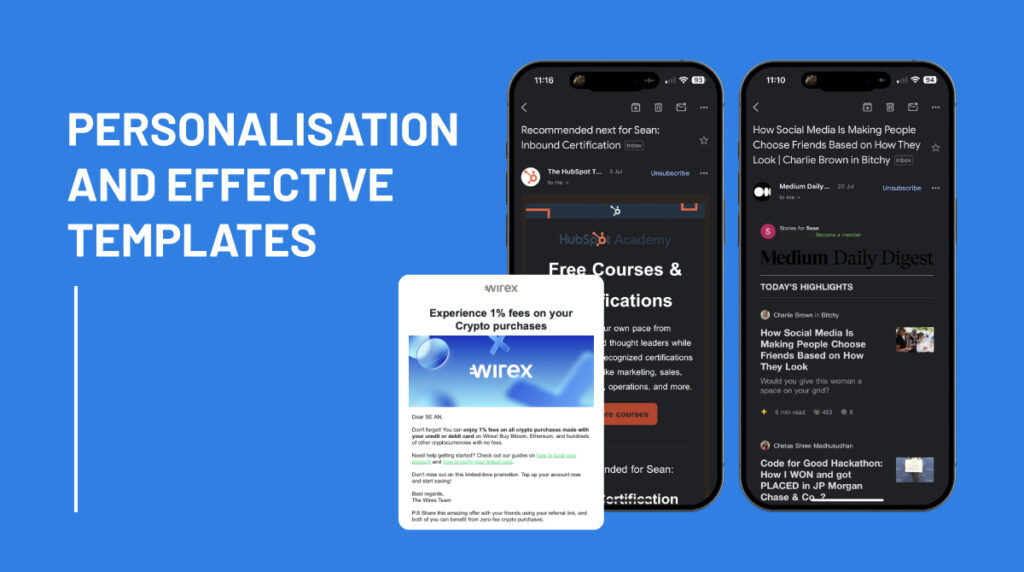
Personalisation is relatively easy to apply and work on, yet most industries do not follow this method. It is as simple as having “Dear Sean”, instead of “Dear Customer”. Many do find it difficult to understand why such tiny details of personalisation can make a huge difference.
Another example is kickstarting the first paragraph of the email with “Based on your preference,” or “Since you have purchased OOO & OOO before,” with the actual purchase history can give a personalised touch. The purchase history and behaviour history of the customers can also be applied to newsletter emails and suggestion emails, which are less aggressive methods of promotional emails. Incorporating messaging like “Recommendation for Sean: OOO”, “Don’t miss this chance, Sean!”, and “This month’s suggestion for Sean” in the subject line gives the reader a feeling of closeness and connection overall.

Subject lines that can tap into the receiving ends by driving curiosity, being humour-based, appealing to their needs, evoking the fear of missing out, giving discount offers, being catchy and trendy, and accessing the customer’s pain points. An interesting study from Demand Gen Reports has shown that email subjects with pop culture references had an open rate of 26% in comparison with the normal 16%. This shows how a personal touch on email marketing does work, as it resonates with the audience that you are targeting. However, it’s also important to ensure proper segmentation at the same time, as it is the indicator of creating the correct personalisation email strategy.

The email design also works magic on the numbers like click-through and open rates. If you have a dull email that looks generic, no one will be entertained enough to open that email. To be specific, regardless of whether the nature of the email is B2C or B2B, the visual representation is important. In today’s age, where most of the email work is done over smart devices, it is crucial to have mobile-responsive email designs. According to MailChimp, with the launch of mobile responsive email design, their click rate over mobile increased by 15%.

The click-through rate also depends on the clear call-to-action (CTA). While the email content can hook people to continue reading your email all the way until the end, an appealing CTA is needed to have them take action for successful conversion. CTA is instruction and persuasion at the same time, where the nature of it has to be simple to have a clear direction for people to take action. Another method to increase the click-through rate is to have the CTA in button format. According to Campaign Monitor Research, CTA buttons can help to increase click-through rates by 127%. Examples from Tommy Hilfiger and LOOKFANTASTIC show how the simple copy “Shop Now” and buttons could attract users for better click-through rates.
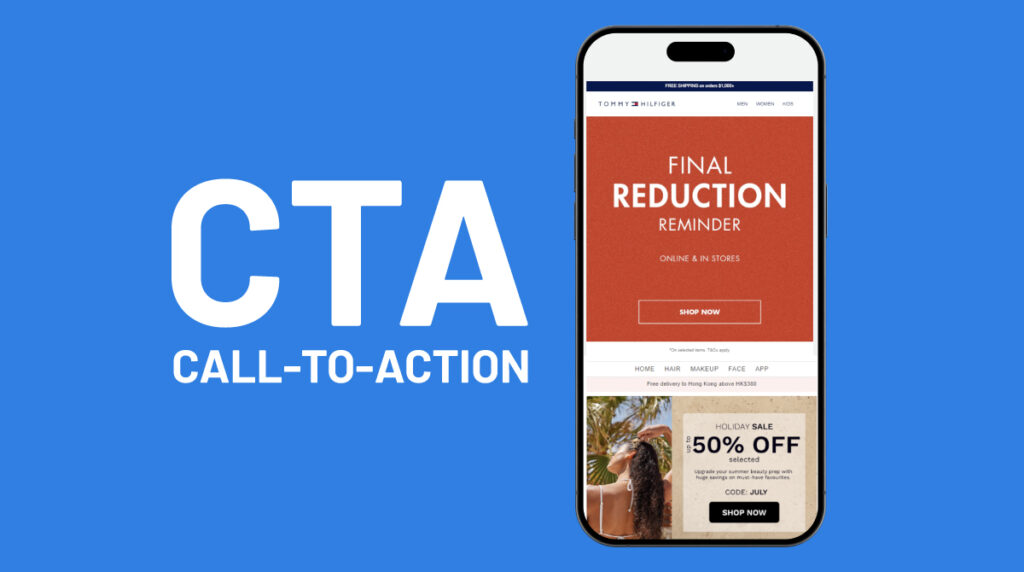
Effective CTAs example:
Promo emails: Shopt now, Contact us, Claim now, Get OO% off
Onboarding: Learn more, Discover, Find out more
Brand awareness: Like and share, Click to enter and win, Follow us
Automation for Efficiency and Impact
Automation in email marketing is an important factor in shaping your strategy. It can help you accomplish tasks that need to be done automatically to save you from time-consuming work and other tedious workflow if done manually. There are a few methods of automation, such as trigger-based and drip campaigns. Through automation, personalisation is possible. By establishing conditional settings, correct messages can be sent to the right people at the optimal time. Setting automated workflow, on the other hand, can help to increase the inflow of leads.
Consistency is the key to maintaining relationships with customers. With automation, the retention rate can be significantly improved. Having scheduled messages to be pushed out through emails with eye-catching subject lines, nicely designed layouts, and appealing CTA is likely to avoid the spam folder. Setting a series of dedicated messages also helps to keep the retention rate. From welcome messages to suggestions and informative emails, you can show the audience that you care about them, which, in turn, will help to lower the drop-off rate.
Automation works in a way where every action of the customers can be tracked to react based on that data. If you have given a promotional email that showed a low open rate and click-through rate, the offer you have given is not “sticky” enough to attract purchases. Setting up drip campaigns can also help to bring in leads and lower the drop-off rate.
You can initiate the gradual procedure of sending emails to the audience about the company for branding, products for purchase, and industry information to build trust. However, it is crucial to have the knowledge of your prospective audiences beforehand instead of pushing out blind cold emails using a drip campaign. This can bring a huge setback to your email marketing by inadvertently generating massive blocks or spam that cause your email domain to be included in an automatic blacklist of email service providers like Gmail and Outlook.
Examples of automated emails can be welcome, abandoned cart, onboarding, cross-sell & upsell, reactivation, royalty program, product launch, purchase (Thank you & follow up), recommendation, anniversary, social proof, survey & review, promotional, and referral.
Data Collection and Performance Analysis
Data-driven marketing is important in today’s world. Learning how to quantify certain actions changes the shape of your strategy for ongoing campaigns and future projects. In email marketing, it is common to measure the outcome of the email campaigns. One of the greatest strengths in using email marketing platforms is the measurability. Key metrics to look out for are open rates, click-through rates (CTR), conversion rates, list growth, and unsubscribe rates.
Many alternative factors impact your KPI. To master decoding the correct path to certain campaigns, it will take time to experiment and require a leap of faith to figure out which tweaks have made the most effective turnaround. For some of the days, it will give you hard times, while some could give you that little smile.
To avoid those dramatic days due to bad numbers, follow the example tips to experiment with for better results:
Open rate: Change the language in the subject line to certain niches or references according to the target audience demographics. The email’s timing can also help improve the open rate and adjust the time and day to fit your audience.
Click-through rate: Always check your discount offers and last-minute offers, as the value you have given can be unappealing to the audience. The copy of the email can also be the issue. Make it direct and clear to the readers so they know what needs to be done. Changing the CTA copy and design can also help to improve the CTR.
Unsubscribe rate: Check the inactive list and send them emails for reactivation. If the people on that list do not want to be part of the service notification, they will leave. Check if you have emails that align with the brand guidelines. Sometimes, off-brand images can be the reason for unsubscriptions. Do not bait and switch! If you have emails promising certain actions, follow the promise; do not back out on the promise or share misleading content. There has to be value provided for every email that is sent out, or else the spam folder will be the destination for any future emails.
List growth rate: Always follow the best practices and regulations to avoid getting detected by spam filters. Remove certain inactive groups from the list so that your overall list can be kept healthy with highly engaged subscribers. Checking on bounced emails to completely remove those parts of the list can keep your list healthy.
Kickstart Your Email Marketing
Remember the tips shared through this three-part journey – Email Marketing 101, Email Marketing Strategy Part 1, and Email Marketing Part 2! Begin your journey with dos and don’ts.
The main emphasis on this three-part journey is personalisation. Simply put, personalisation in email marketing is like writing to your most loved person. That person could be your friend, lover, and family. A warm and welcoming gesture that can touch your audience’s heart will give you the outcome that you have always desired. The more sincerity you approach your subscribers with, the more likely they are to want to hear from you. It improves that open rate and click-through rate by going through the roof. If you have hit a setback, do not hesitate to ask for help, as we are here to assist and share consultations on where you feel stuck and how to solve your problem.
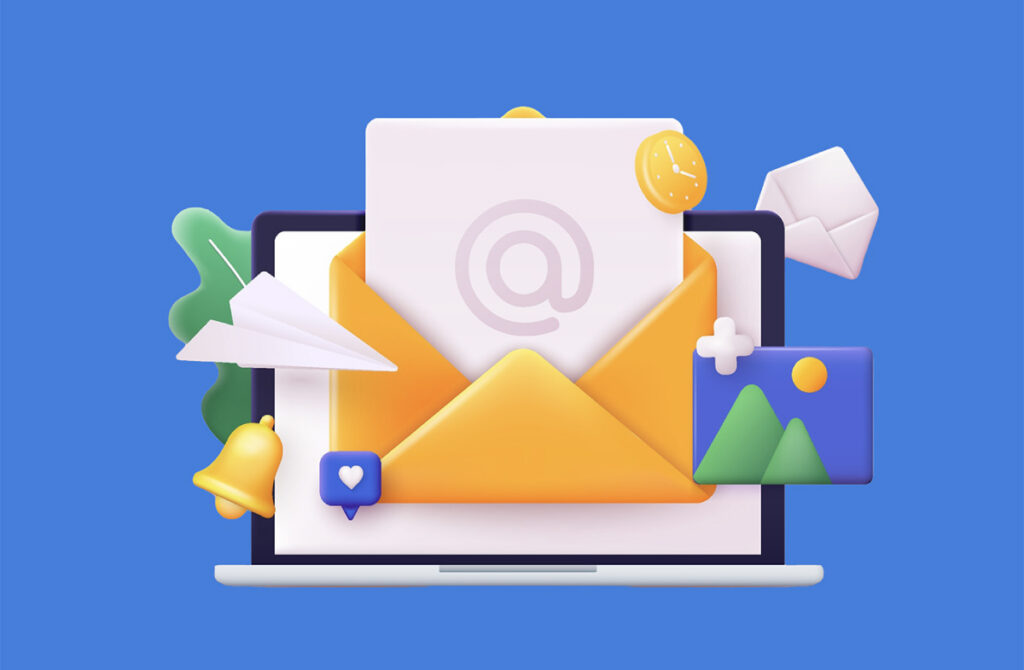
Ready to get crazy CTR?
Have trouble with the low open rate & click-through rate? Book your free consultation and tell us your troubles with EDM!
